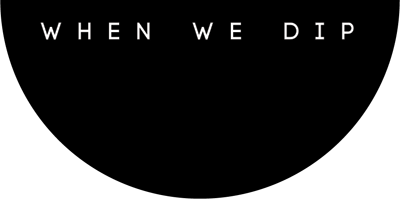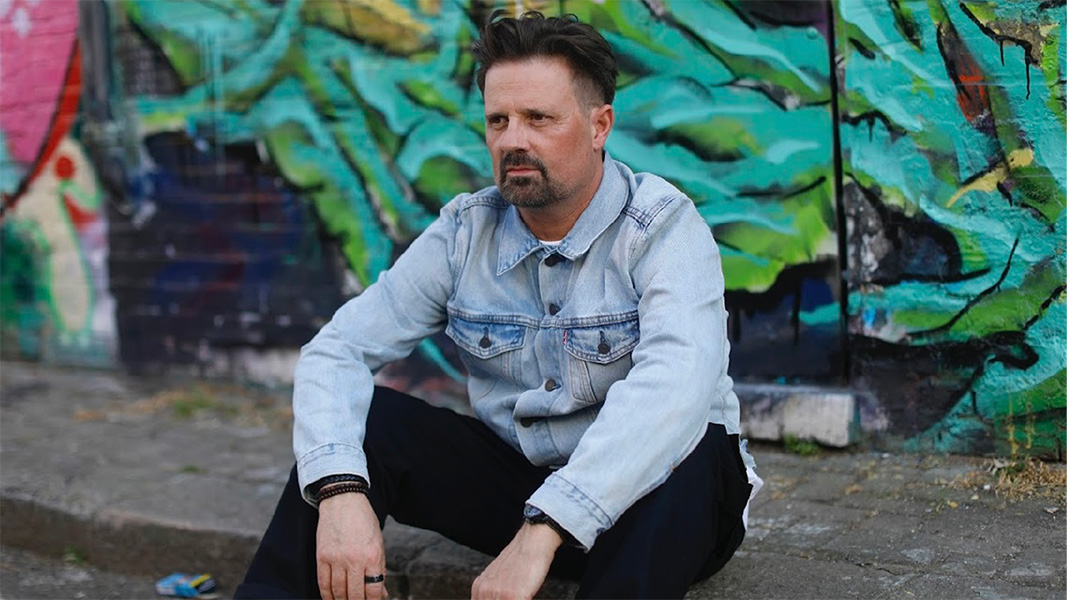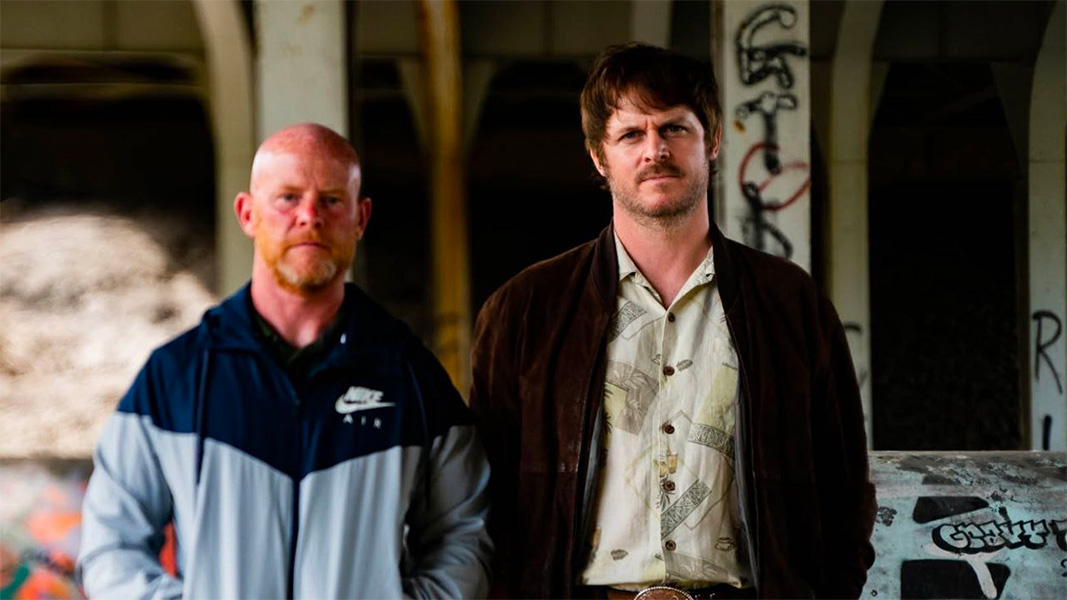Bastian Bux just unveils his new EP ‘Transition’ as he makes his debut on Monika Kruse‘s Terminal M Records. He drops three fine tracks that shows his mastery in the studio.
The first track ‘Transition’ takes the lead of the EP. Its snow-plough kicks and off-beat bass notes bumping relentlessly in true techno style while the big synth weaves nodding back to the original house sound he came through with, it more than lives up to its name. It’s backed up by more high-grade goods: ‘Monad’ raises the techno intensity even further with its rubber ball beats and soaring bass arcs and industrial-strength dynamics while ‘Duality’ whips up a whole barrage of emotions as he takes us down a deep, synth rabbit hole. Stripped back to its bare melodic elements and stunning moments of space and silence; it’s a reminder that transitions don’t always have to take you up… They can take things right down to the bare notes too.
Bastian Bux just shared with us his Top 5 studio tips for all the producer out there. Bastian’s studio tips are undoubtedly behind some of the work he’s put into his music on Terminal M. We hope you find his top tips useful in the studio during these tough time.
1) Sample the Key
One of the tricks I use the most is pretty simple, but has been so useful for me, not only because it helps me to start with my writing ideas, but also because it has helped me a lot with learning the musical scales and how to play them. I use a software called Mixed in Key that detects the key of every track, loop or sample. I put EVERY audio file inside of this software as soon as it lands inside of my hard drive, so I can easily know the key of every song and sample. First thing I do when I start a project is to randomly sample a kickdrum that I like and check which key it’s in, then I start playing around the keyboard, always sticking to that key. Choosing a key gives you a grid that I find interesting to work from, preventing you getting lost around infinite combinations of keys and notes… And most of the times I don’t even use the initial sample that gave me the key! This trick becomes so useful for Ableton Push users because you can select a specific key and any pad you press will offer you a note inside of the scale that will fit perfectly into your melody.
2) Find the “WOW!” moment
Electronic music is, in my opinion, meant to create physical momentums. With this in mind, I always try to find what I call the “WOW!” moment. It can be a drop, a melody appearing, a silence before the break, a complete shift from melodies to drums. Anything that makes you jump from the chair or draws goosebumps on your arms. I try to detect this moment and build the arrangement around it, since it becomes the heart of the track. Most of the time I find this moment around the drop, so I start working on the breakdown and the beats after. Once I have the breakdown+drop ready I find it much easier to write the whole arrangement. It helps me a lot more than getting stuck into an 8 bar loop, because it already has a change within itself, a momentum. It’s telling you a story… You then just have to develop it along the timeline.

3) Place your music “somewhere”
I always use what I call “horizons”. This horizons are no more than a layer that creates an imaginary space for your musical elements. I have my iPhone full of 10 to 20 minutes of audio takes that I record everywhere: while I am in the airport, walking thru the park, in the supermarket, thru the window of the hotel… Anything! I use these audio takes as ambience layers, really low in the mix, but I can assure you it provides a kind of “glue” to the whole mix that prevents me from using too much layers or reverbs to create this artificial space. Do the test: try to make a cheap beat with a kickdrum, toms and hats and add one of these “horizons”, then mute it. I’m sure you will miss it! After all, this is why people love analog mixdowns: the static noises and stuff were creating these horizons automatically. In the digital environment we must create them.
4) Entrance is limited, be strict
Not every sound should be allowed into your final arrangement. I always mute/unmute every layer and ask myself: Do I miss it? If the answer is “No” I delete it immediately. If the answer is “I don’t know”, I delete it immediately. If the answer is “maybe”… I delete it immediately. I learnt with time that essential sounds are always obviously missed, the rest are only making your life more difficult and your mixing sessions a nightmare. Be super strict with this: less really is more. And if you are a romantic like me, who falls in love with different layers, but can’t find them a place in your current project, save them and start something new around them!
5) Check through different references
If your track feels similar through different sound systems, you can be pretty sure that you are on the right path. I always try to check what I am doing through different sound systems, from expensive monitors to crappy cheap computer speakers and everything in between: iphone speakers, airpods, my car… The key factor is to “feel” that your song is always giving you the same message. Sometimes you will be surprised how much information a cheap sound system can give you… And always remember: Don’t trust your room!






